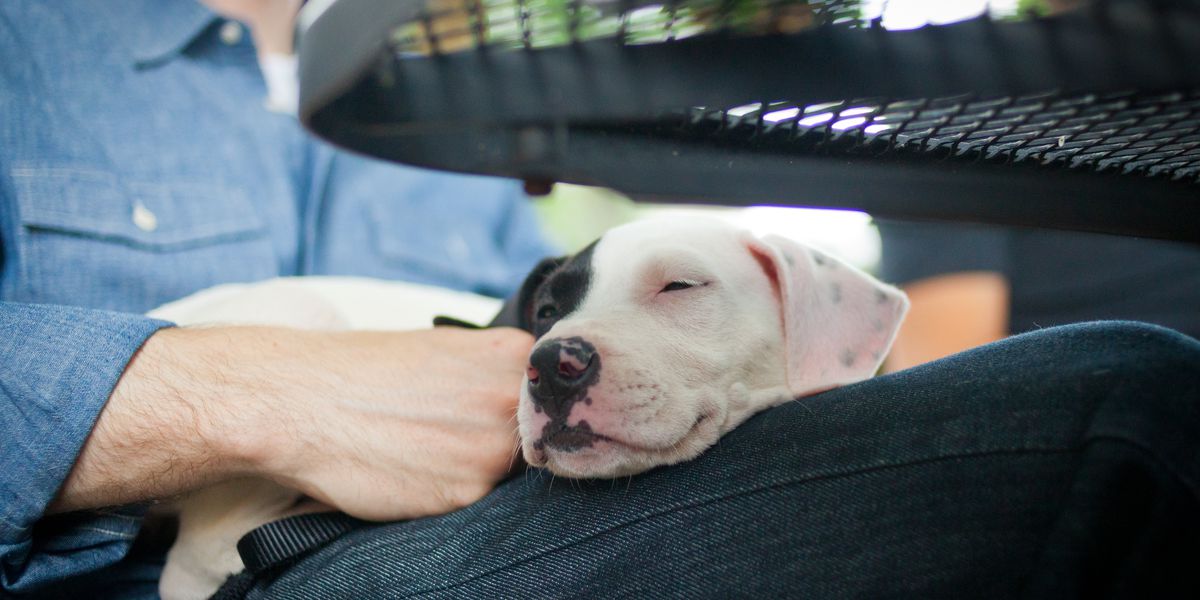While hundreds of people were killed during Hurricane Ian, hundreds of family pets were also displaced, separated from their owners, and left to fend for themselves last September 2022.
These were not heartless pet owners. In fact, 44 percent of those who chose not to leave and instead waited out the storm did so because they had no plan for evacuating their pets. During the storm’s aftermath, many individuals were forced to flee, but they were not permitted to carry their pets.
These were not heartless pet owners. They were unprepared pet owners.
When a major hurricane strikes, government agencies have demonstrated that they lack the resources and organization to address the requirements of the people. As a result, you are responsible for developing a preparedness plan for yourself and your pet.
As a fellow pet lover, I know how important it is to include our furry friends in our hurricane preparedness plans. Natural disasters can be just as frightening for our pets as they are for us, and they rely on us to keep them safe. So, I’ll share some essential tips and advice on how to prepare your pets for disastrous events, ensuring their safety and well-being during these challenging times.
Create a Pet Emergency Kit
One of the first things I did was assemble a pet emergency kit. This kit should include all the essentials your pet will need to survive a hurricane, such as food, water, medications, first-aid supplies, and familiar comfort items like toys or blankets. Make sure to store these items in a waterproof container and keep it easily accessible.
Develop an Evacuation Plan
During an evacuation, it’s crucial to know in advance which shelters or hotels in your area are pet-friendly. Don’t leave this to the last minute—contact them ahead of time to confirm their policies and availability. I’ve also prepared a list of friends or family members who are willing to take in my pets if needed. Additionally, make sure your pets have proper identification and are microchipped, as it will significantly increase the chances of reuniting with them in case you get separated.
Protect Your Home and Yard
Securing your home is essential to prevent pets from escaping or being injured during disasters like hurricane. I checked all doors, windows, and pet enclosures to ensure they can withstand strong winds. For outdoor areas, I made sure to reinforce any structures and remove potential hazards that could harm my pets.
Consider Pet Behavior and Comfort
It’s essential to recognize signs of stress or anxiety in our pets during such stressful times. I observed my pets closely and made their favorite space as comfortable as possible. Creating a designated safe zone with familiar bedding and toys can provide a sense of security. Additionally, I tried to soothe my anxious pets by offering gentle comfort and reassurance.
Things to Remember when Evacuating with Pets
Evacuating with pets is more complicated than evacuating with just people.
When you’re leaving with just people, you can choose to stay at any hotel, motel, shelter, or relatives house that’s available. When you’re bugging out with pets, you’ll need to put a little extra planning into where you’ll go.
Invest in pet carriers, especially if you have cats. Most dogs will happily hop into the backseat of your car. Cats are a little less excited about road trips. You don’t want to waste precious minutes trying to corral your cats into your car. Putting them in a pet carrier will make it easier. Plus, if you end up at a shelter instead of a pet-friendly hotel, they may require your animals be in carriers.
Make sure your pets are easily identified. Having an ID chip placed under your pet’s skin may seem a little creepy, but it can be the one thing that reunites you with your furry loved one if you get separated. Otherwise, get a custom ID tag for your pet’s collar. Put two phone numbers on it, so that whoever finds your lost pet has options when it comes to locating you. Write the same phone numbers on the carrier itself, too.
Finally, put together a bug-out bag for your pet. Include a week’s worth of food, fresh water packets, pet medication, and their favorite chew toy. Add in a leash and halter and pet first aid kit. Slip a photo of your pet in there, too. If you do get separated, you’ll have a photo to show around.
If you own a pet, you understand how important your pet’s health and safety are to you. Don’t wait until a disaster strikes to plan how you’ll care for your pet in an emergency. Begin planning today and you’ll be one step closer to being prepared for anything.

